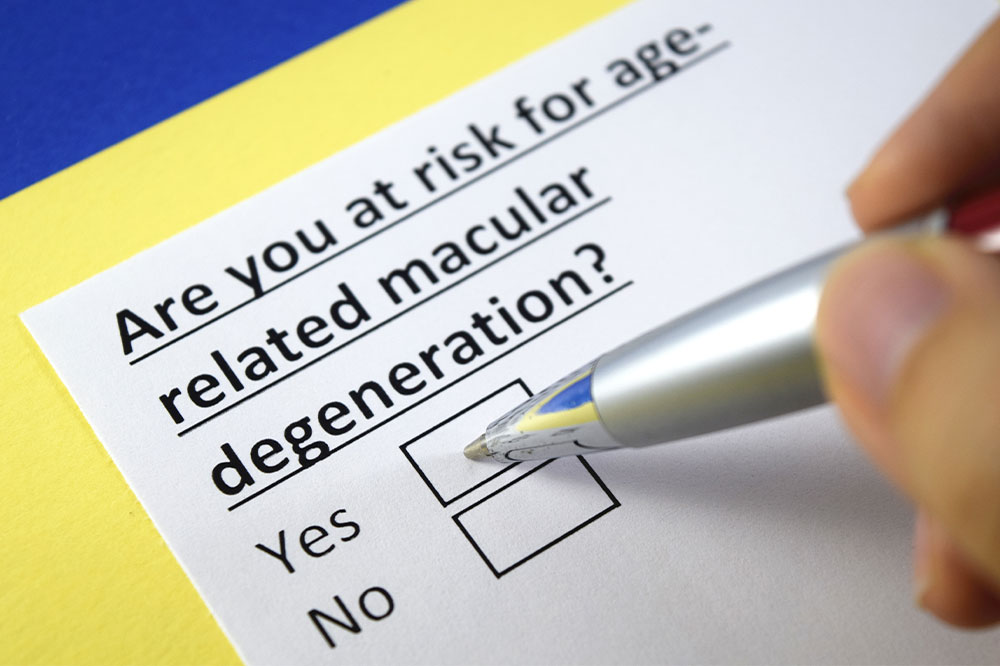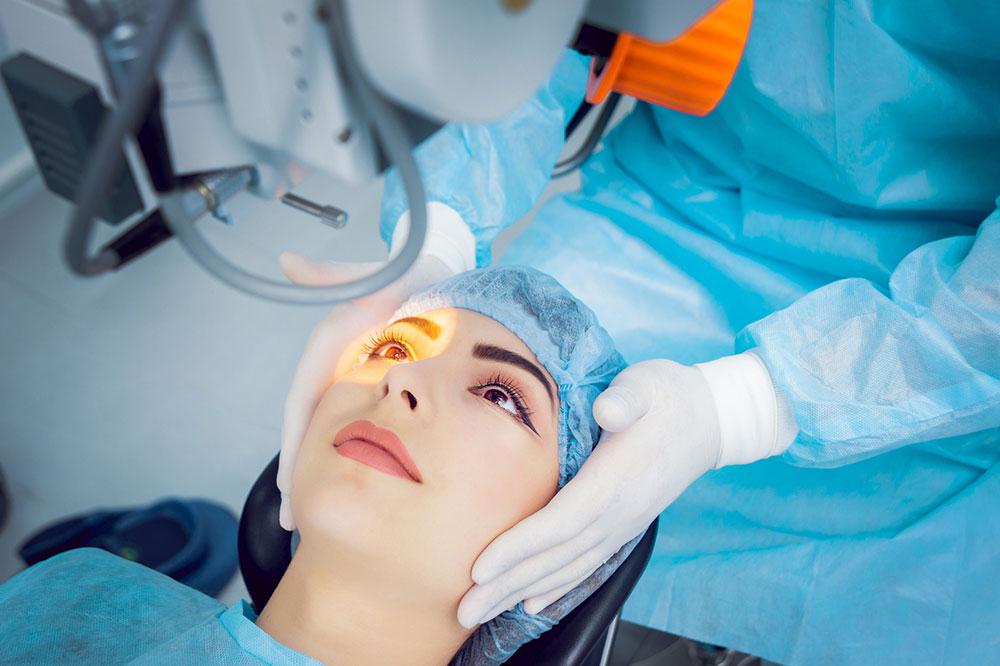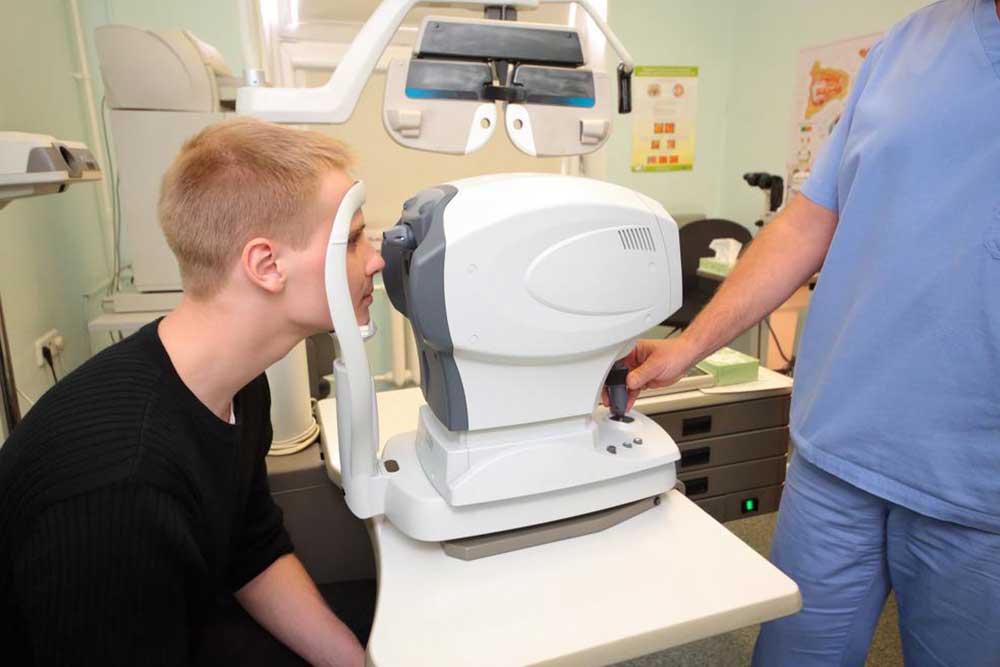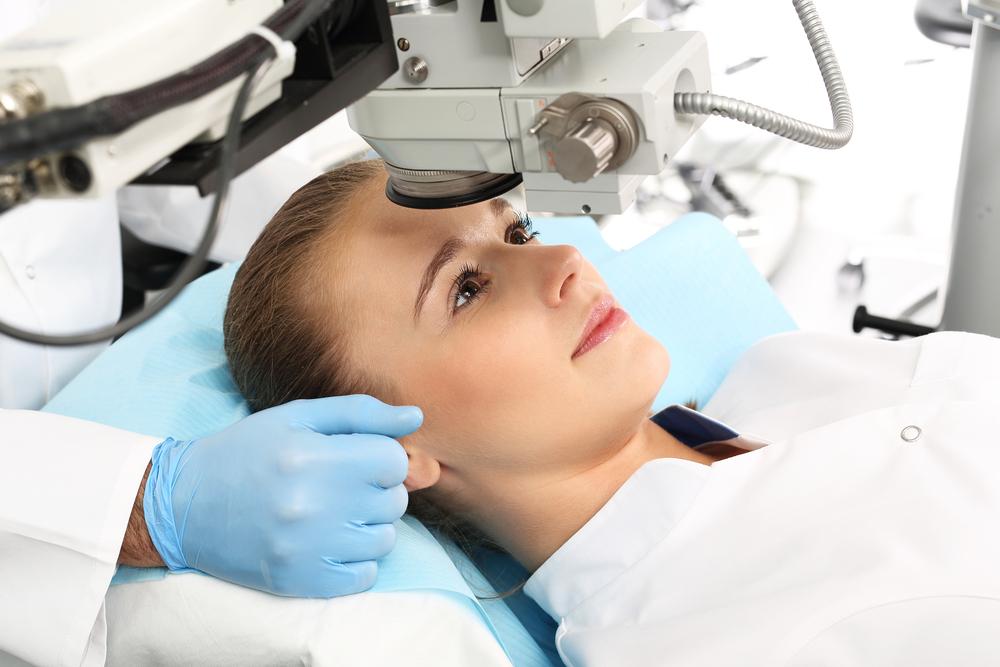Effective Strategies for Managing Age-Related Macular Degeneration
Learn effective strategies to manage macular degeneration, including types, symptoms, causes, diagnostics, and treatment options. Early detection and lifestyle alterations can help slow progression and preserve vision. Consult healthcare professionals for personalized care and routine eye screenings to maintain ocular health well into old age.

Strategies to Address Age-Related Macular Degeneration
Macular degeneration is an eye condition predominantly affecting people over 60, caused by the progressive deterioration of retinal cells responsible for sharp vision. It can result in persistent blind spots or blurred vision, especially in the central field. The disease often starts in one eye and may spread to the other. Although rare, younger individuals can also develop macular degeneration, known as Stargardt disease or juvenile macular degeneration.
Types of Age-Related Macular Degeneration
There are two primary types:
Dry Macular Degeneration
In this form, yellow deposits called drusen accumulate in the macula. Early stages often show no symptoms, but as drusen increase, vision becomes distorted. The retina becomes thinner, leading to eventual death of macular cells. This form accounts for approximately 85-90% of cases.Wet Macular Degeneration
It occurs when abnormal blood vessels develop beneath the retina, leading to leaks of blood and fluid. This form is more aggressive, causing rapid central vision loss, while peripheral vision remains intact. It accounts for about 10% of cases and often requires urgent treatment, as it can evolve from dry AMD.Symptoms vary by type and stage. Dry AMD symptoms develop slowly and include blurred vision, difficulty reading small print, dulled colors, trouble adjusting to low light, and challenges recognizing faces. Wet AMD symptoms can include all dry symptoms plus visual distortions like wavy lines and central blurring, with peripheral vision usually unaffected.
Causes remain partially understood. Genetics play a significant role; around 20 related genes are associated with risk. Accumulation of drusen in dry AMD results from waste buildup, while abnormal blood vessel growth in wet AMD might be a response to deposit removal. Family history increases susceptibility.
Diagnostic procedures include optical coherence tomography (OCT) to visualize retinal layers, fluorescein angiography to detect leaking vessels, and Amsler grid testing to spot visual distortions. Early detection is vital for managing progression.
While no cure exists, treatments can slow or prevent further damage. Supportive measures like magnifying devices and bright lighting help in dry AMD. For wet AMD, laser therapy, photodynamic treatment, and retinal translocation are effective options. Lifestyle changes, such as a nutrient-rich diet and regular exercise, can also reduce progression risk.
Eating antioxidant-rich foods—like berries, carrots, and leafy greens—and staying well-hydrated supports eye health. Adding omega-3 fatty acids from fish or plant sources may also help slow disease progression. Regular eye exams are essential for early diagnosis and effective management.
Although macular degeneration cannot currently be cured, early intervention and lifestyle adjustments can preserve vision and quality of life. Routine screenings are key to maintaining ocular health as you age.










